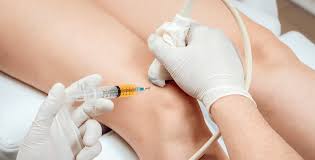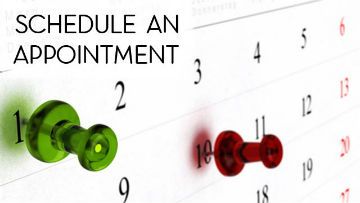Body has natural healing capabilities. Aging is nothing but a fight between regenerative and degenerative processes in the body. Injuries causes damage to the tissues. Body uses various mechanisms to heal injured tissues.
Platelets are mainstay of the healing process in the body. It contains thousands of important growth factors responsible for regenerating injured tissues and start healing process.
We use patient's own (called Autologous) platelets to treat many degenerative conditions which causes acute or chronic pains.
It involves:
Drawing blood
Centrifugation - to separating the platelets and plasma from other blood cells like RBC's & WBC's
Collecting the concentrated platelet rich plasma in syringe.
4. Injecting the concentrated platelet-rich plasma under USG or Fluoroscopic control (Target Delivery).
This process is believed to stimulate the body's natural healing capabilities, potentially reducing pain and improving function.

Drawing Blood

Centrifugation

Collecting the concentrated platelet rich plasma in syringe

Injecting the concentrated platelet-rich plasma under USG or Fluoroscopic control
Tendon, Ligament, Muscle, and Joint Injuries: PRP injections may be used for chronic tendon injuries (like tennis elbow or golfer's elbow), ligament sprains, muscle strains, and joint pain from osteoarthritis.
Back Pain: PRP can be used for discogenic back pain and other back pain issues.
Other Conditions: Some studies suggest PRP can be beneficial for hair loss and certain skin conditions.
Pain Relief: PRP injections can help reduce pain and inflammation.
Tissue Healing: The growth factors in PRP may promote tissue repair and regeneration.
Improved Function: PRP injections can improve range of motion and overall function.
Reduced Need for Surgery: PRP can be an alternative to surgery for some conditions, or it can be used to enhance healing after surgery.
Pain and Swelling: Some patients experience increased pain, swelling, or soreness at the injection site, particularly in the first few days.
Dizziness or Fatigue: Mild dizziness or fatigue can occur after the injection.
Infection: As with any injection, there is a small risk of infection.
Individualized Treatment: The effectiveness of PRP therapy can vary from person to person, and the best approach may depend on the specific condition and individual needs.
Consultation with a Healthcare Professional: It's crucial to consult with a qualified healthcare professional to determine if PRP therapy is appropriate and to discuss potential risks and benefits.
Ongoing Research: Research is ongoing to further evaluate the effectiveness of PRP therapy for various conditions.
Bone marrow (BM) is an invaluable source of Regenerative cells healing tissues to heal by themselves. Some of them are adult pluripotent stem cells, including haematopoietic stem cells (HSCs), endothelial progenitor cells (EPCs), and mesenchymal stem cells (MSCs).
MSCs are multi-potent adult stem cells with the capacity to differentiate into various tissue lineages such as bone, cartilage, and adipose. Advances in tissue engineering have provided clinicians with alternative ways of harvesting autologous bone marrow concentrates to treat musculoskeletal defects and are associated with less morbidity, low complication rates, and improved functional outcomes in bone/tendon/cartilage regenerative treatments.
The Bone marrow is collected from Iliac crest (One of the many), and then it is processed in the Specialised processor to collect Bone Marrow Concentrate with high concentration of above mentioned regenerative cells.
The solution collected is then injected in the joint under USG guidance. The procedure is repeated 2-3 times at an interval of 3 weeks. Usually patient requires 2-3 sessions depending on how advance is the disease is.









